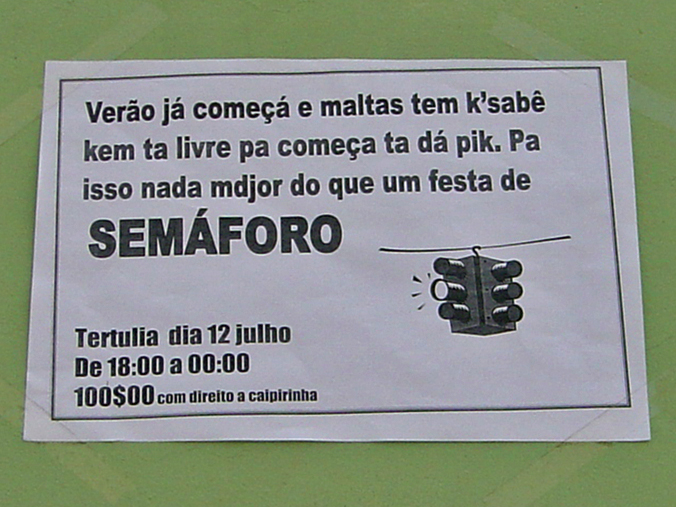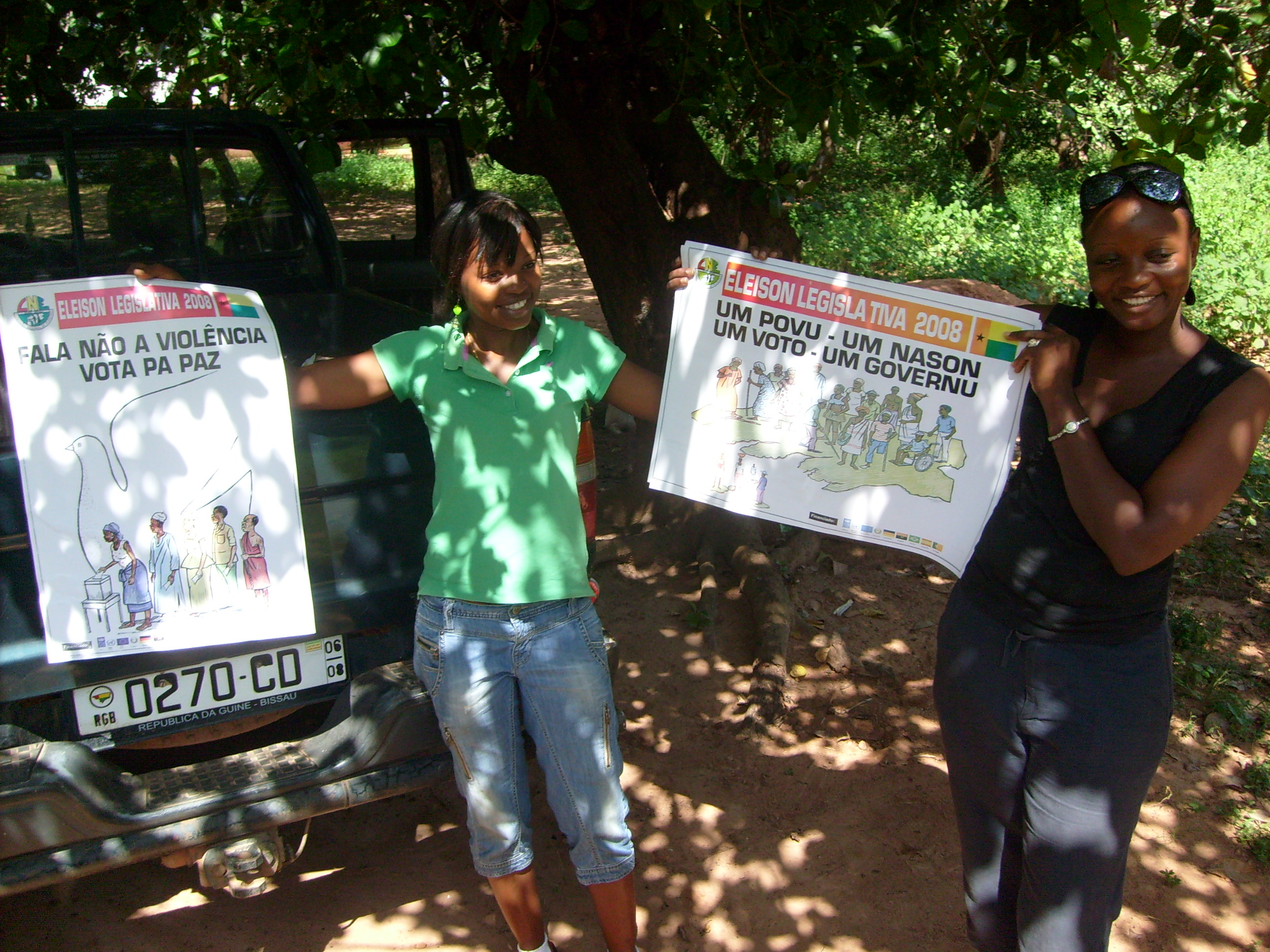|
Kriol (other)
{{Disambiguation ...
The word Kriol may mean: People * Belizean Creole people, also known as Kriols Languages * Creole language * English-based creole language * The English-based Australian Kriol language * The English-based Belizean Creole language, also called Belizean Kriol * The English-based Bocas del Toro Creole, or Colón Creole (Kriol), spoken in Panama * The Portuguese-based Cape Verdean Creole * The Portuguese-based Guinea-Bissau Creole * The English-based Torres Strait Creole See also *Creole language *Creole peoples *Krio (other) * Kreol (other) * Kriolu *Kreyol (other) Kreyol may mean: *Antillean Creole French (''Kreyol'') *Haitian Creole (') *Liberian Kreyol language (''Kreyol'') *Louisiana Creole French (''Kréyol lwizyàn'') *Guianan Creole init (French Guianan Creole)) (''Kréyòl gwiyanè'') *Sranan Tongo ( ... [...More Info...] [...Related Items...] OR: [Wikipedia] [Google] [Baidu] |
Belizean Creole People
Belizean Creoles, also known as Kriols, are a Creole ethnic group native to Belize. Belizean Creoles are primarily mixed-raced descendants of enslaved West and Central Africans who were brought to the British Honduras (present-day Belize along the Bay of Honduras) as well as the English and Scottish log cutters, known as the Baymen who trafficked them.(Johnson,Melissa A.) ''The Making of Race and Place in Nineteenth-Century British Honduras''. Environmental History, Vol. 8, No. 4 (Oct., 2003), pp. 598-617 Over the years they have also intermarried with from |
Creole Language
A creole language, or simply creole, is a stable natural language that develops from the simplifying and mixing of different languages into a new one within a fairly brief period of time: often, a pidgin evolved into a full-fledged language. While the concept is similar to that of a mixed or hybrid language, creoles are often characterized by a tendency to systematize their inherited grammar (e.g., by eliminating irregularities or regularizing the conjugation of otherwise irregular verbs). Like any language, creoles are characterized by a consistent system of grammar, possess large stable vocabularies, and are acquired by children as their native language. These three features distinguish a creole language from a pidgin. Creolistics, or creology, is the study of creole languages and, as such, is a subfield of linguistics. Someone who engages in this study is called a creolist. The precise number of creole languages is not known, particularly as many are poorly attested or do ... [...More Info...] [...Related Items...] OR: [Wikipedia] [Google] [Baidu] |
English-based Creole Language
An English-based creole language (often shortened to English creole) is a creole language for which English was the ''lexifier'', meaning that at the time of its formation the vocabulary of English served as the basis for the majority of the creole's lexicon. Most English creoles were formed in British colonies, following the great expansion of British naval military power and trade in the 17th, 18th and 19th centuries. The main categories of English-based creoles are Atlantic (the Americas and Africa) and Pacific (Asia and Oceania). Over 76.5 million people estimated globally speak some form of English-based creole. Sierra Leone, Malaysia, Nigeria, Ghana, Jamaica, and Singapore have the largest concentrations of creole speakers. Origin It is disputed to what extent the various English-based creoles of the world share a common origin. The '' monogenesis hypothesis'' posits that a single language, commonly called ''proto–Pidgin English'', spoken along the West African coast in t ... [...More Info...] [...Related Items...] OR: [Wikipedia] [Google] [Baidu] |
Australian Kriol
Australian Kriol is an English-based creole language that developed from a pidgin used initially in the region of Sydney and Newcastle in New South Wales, Australia, in the early days of European colonisation. Later, it was spoken by groups further west and north. The pidgin died out in most parts of the country, except in the Northern Territory, where the contact between European settlers, Chinese and other Asians and the Aboriginal Australians in the northern regions has maintained a vibrant use of the language, spoken by about 30,000 people. Despite its similarities to English in vocabulary, it has a distinct syntactic structure and grammar and is a language in its own right. It is distinct from Torres Strait Creole. History European settlement in the Northern Territory was attempted over a period of about forty years. Settlement finally succeeded in 1870, and an influx of both English and Chinese speakers followed. In order to communicate between these two groups and the ... [...More Info...] [...Related Items...] OR: [Wikipedia] [Google] [Baidu] |
Belizean Creole
Belizean Creole (Belizean Creole: ''Belize Kriol'', ''Kriol'') is an English-based creole language spoken by the Belizean Creole people. It is closely related to Miskito Coastal Creole, San Andrés-Providencia Creole, and Jamaican Patois ( Limonese and Bocas del Toro dialects). Belizean Creole is a contact language that developed and grew between 1650 and 1930, as a result of the slave trade. Belizean Creole, like many Creole languages, first started as a pidgin. It was a way for people of other backgrounds and languages, in this case slaves and English colonisers within the logging industry, to communicate with each other. Over generations the language developed into a creole, being a language used as some people’s mother tongue language. Belizean Creoles are people of Afro-European origin. While it is difficult to estimate the exact number of Belizean Creole speakers, it is estimated that there are more than 70,000 in Belize who speak the language. The 2010 Belize Censu ... [...More Info...] [...Related Items...] OR: [Wikipedia] [Google] [Baidu] |
Bocas Del Toro Creole
Bocas del Toro Patois, or Panamanian Patois English, is a dialect of Jamaican Patois, an English-based creole, spoken in Bocas del Toro Province, Panama. It is similar to Central American varieties such as Limonese Creole. It does not have the status of an official language. It was pejoratively known as "guari-guari."https://kuscholarworks.ku.edu/bitstream/handle/1808/22851/malc_1980_218-242_Herzfeld.pdf?sequence=1&isAllowed=y See also *Jamaican Patois *Bajan Creole *English-based creoles An English-based creole language (often shortened to English creole) is a creole language for which English was the '' lexifier'', meaning that at the time of its formation the vocabulary of English served as the basis for the majority of the cr ... References Afro-Jamaican culture Afro-Panamanian English-based pidgins and creoles Languages of Panama Bocas del Toro Province Languages of the African diaspora {{Pidgincreole-lang-stub ... [...More Info...] [...Related Items...] OR: [Wikipedia] [Google] [Baidu] |
Cape Verdean Creole
Cape Verdean Creole is a Portuguese-based creole languages, Portuguese-based creole language spoken on the islands of Cape Verde. It is also called or by its native speakers. It is the native creole language of virtually all Cape Verdeans and is used as a second language by the Cape Verdean diaspora. The creole has particular importance for creolistics studies since it is the oldest living creole. It is the most widely spoken Portuguese-based creole language. Name The formal designation of this creole is Cape Verdean Creole, but in everyday usage the creole is simply called ('Creole') by its speakers. The names Cape Verdean ( in Portuguese, in Cape Verdean Creole) and Cape Verdean language ( in Portuguese, in the Sotavento dialect of Cape Verdean Creole and in the Barlavento Islands, Barlavento dialect) have been proposed for whenever the creole will be standardized. Origins The history of Cape Verdean Creole is hard to trace due to a lack of written documentation ... [...More Info...] [...Related Items...] OR: [Wikipedia] [Google] [Baidu] |
Guinea-Bissau Creole
Guinea-Bissau Creole, also known as Kiriol or Crioulo, is a creole language whose lexicon derives mostly from Portuguese. It is spoken in Guinea Bissau, Senegal and The Gambia. It is also called by its native speakers as , , or . Guinea-Bissau Creole is spoken as a native tongue by 250,000 Bissau-Guineans and as a second language by 1,000,000. A variant of Guinea-Bissau Creole is also spoken in southern Senegal, mainly in the region of Casamance, a former Portuguese colony, which is known as Portuguis Creole or Casamance Creole. Creole is the majority language of the inhabitants of the Casamance region and is used as a language of commerce. Standard Portuguese is the official language of Guinea-Bissau, but Guinea-Bissau Creole is the language of trade, informal literature and entertainment. It is not used in either news media, parliament, public services or educational programming. History The creole languages of Upper Guinea are the oldest-known creoles whose lexicons derive ... [...More Info...] [...Related Items...] OR: [Wikipedia] [Google] [Baidu] |
Torres Strait Creole
Torres Strait Creole ( tcs, Yumplatok), also known as Torres Strait Pidgin, Brokan/Broken, Cape York Creole, Lockhart Creole, Kriol, Papuan, Broken English, Blaikman, Big Thap, Pizin, and Ailan Tok, is an English-based creole language (a variety of Pidgin English) spoken on several Torres Strait Islands of Queensland, Australia; Northern Cape York; and south-western coastal Papua New Guinea (PNG). It has an estimated 20,000–30,000 mother-tongue and bi/tri-lingual speakers. It is widely used as a language of trade and commerce. Torres Strait Creole has six main dialects: Papuan, Western-Central, TI, Malay, Eastern, and Cape York. History Records of pidgin English being used in Torres Strait exist from as early as the 1840s (e.g. Moore 1979), and therefore Torres Strait Creole may very well be as old as, if not older, than its sister languages, and not a descendant of any of these. The main importers of the pidgin were British and other sailors, many of whom were South Sea I ... [...More Info...] [...Related Items...] OR: [Wikipedia] [Google] [Baidu] |
Creole Peoples
Creole peoples are ethnic groups formed during the European colonial era, from the mass displacement of peoples brought into sustained contact with others from different linguistic and cultural backgrounds, who converged onto a colonial territory to which they had not previously belonged. Often involuntarily uprooted from their original home, the settlers were obliged to develop and creatively merge the desirable elements from their diverse backgrounds, to produce new varieties of social, linguistic and cultural norms that superseded the prior forms. This process, known as creolization, is characterized by rapid social flux regularized into Creole ethnogenesis. Creole peoples vary widely in ethnic background and mixture and many have since developed distinct ethnic identities. The development of creole languages is sometimes mistakenly attributed to the emergence of Creole ethnic identities; however, the two developments occur independently. Etymology and overview T ... [...More Info...] [...Related Items...] OR: [Wikipedia] [Google] [Baidu] |
Krio (other)
''Krio'' may refer to: *Sierra Leone Creole people, also known as Krio people *Krio language, language of the Sierra Leone Krio people *Krio Dayak people, an ethnic group in West Kalimantan, Indonesia *Krio Dayak language *Keriau River, in West Kalimantan, Indonesia *Cape Krio, place of ancient Cnidos (modern Tekir), Turkey See also *Krios (other) *Creole (other) *Cape Verdean Creole *Criollo (other) *Keriu * Kriyoro (Suriname) *Kreyol (other) *Kreol (other) *Kriol (other) *Kriolu Cape Verdean Creole is a Portuguese-based creole language spoken on the islands of Cape Verde. It is also called or by its native speakers. It is the native creole language of virtually all Cape Verdeans and is used as a second language by t ... {{disambig, geo Language and nationality disambiguation pages ... [...More Info...] [...Related Items...] OR: [Wikipedia] [Google] [Baidu] |
Kreol (other)
{{Disambig ...
The name Kreol may be *any of many creole peoples or creole languages ** Haitian Creole, also known as Kreol Ayisyen ** Mauritian Creole, also known as Kreol Morisien ** Seychelles Creole, also known as Kreol Seselwa * Kreol (software), a software MIDI instrument See also *Creole peoples *Creole language * Criol *Criollo (other) *Krio (other) *Kriol (other) *Kreyol (other) *Kriolu Cape Verdean Creole is a Portuguese-based creole language spoken on the islands of Cape Verde. It is also called or by its native speakers. It is the native creole language of virtually all Cape Verdeans and is used as a second language by t ... [...More Info...] [...Related Items...] OR: [Wikipedia] [Google] [Baidu] |

.jpg)


